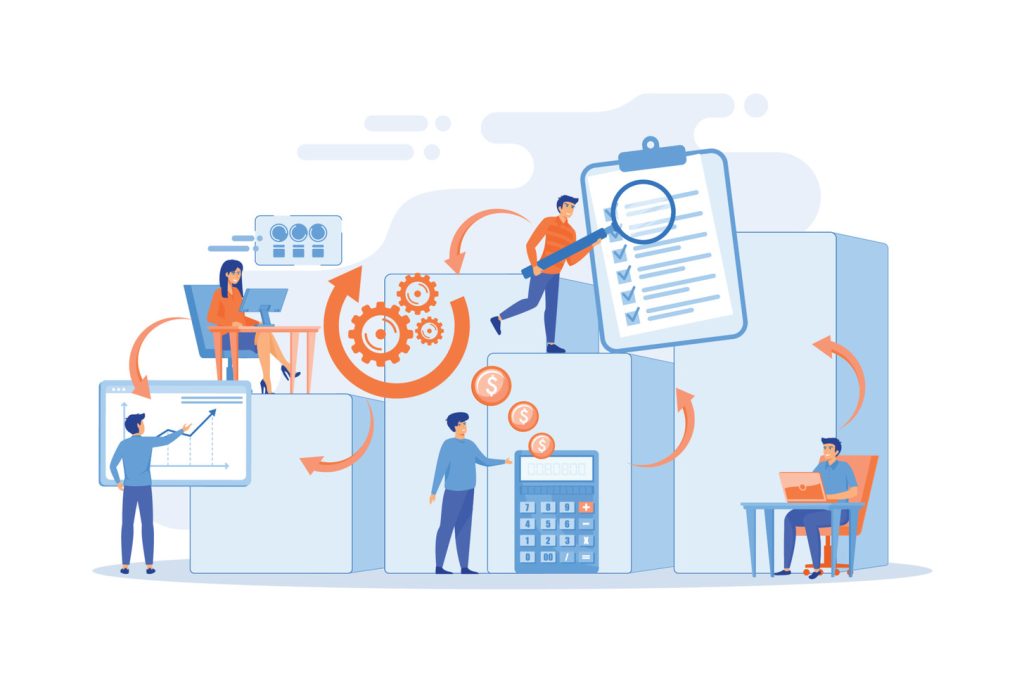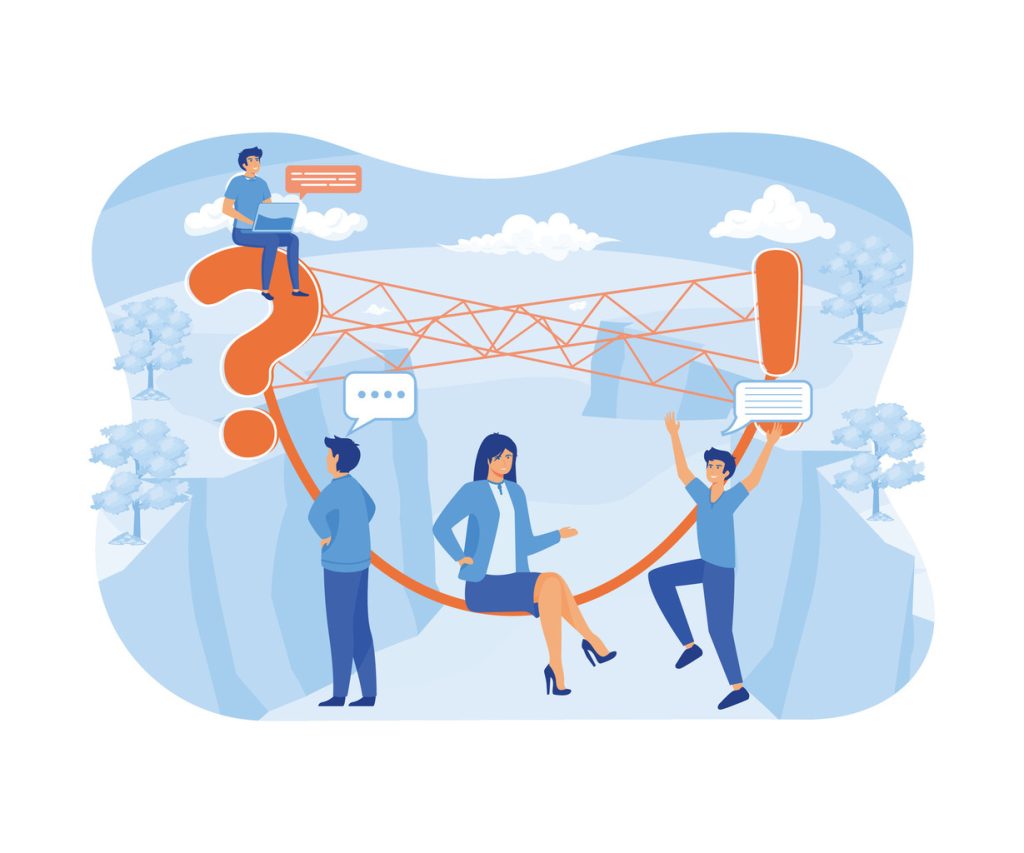The Benefits of Working with a Dedicated Success Manager

Businesses face mounting pressure to retain clients while scaling operations. Research from Bain & Company reveals a 5% boost in retention can increase profits by up to 95%. This highlights why forward-thinking companies prioritize strategies that turn customer relationships into growth engines.
Specialized professionals who oversee client journeys deliver measurable results. Organizations using this approach report 30-50% lower churn rates compared to industry averages. Proactive guidance transforms routine interactions into opportunities for mutual value creation, with engaged clients four times more likely to expand contracts.
Operational efficiency improves as teams shift from reactive troubleshooting to strategic planning. Focused expertise reduces redundant workflows while elevating service quality. The compound effect? Sustainable revenue streams fueled by referrals, renewals, and expanded partnerships.
Key Takeaways
- Retention improvements directly impact profitability, with potential profit jumps exceeding 90%
- Proactive client management cuts customer turnover by nearly half in competitive markets
- Strategic partnerships generate 4x more expansion opportunities than transactional relationships
- Operational costs drop when experts streamline processes and prevent escalations
- Accountability frameworks ensure measurable outcomes for both businesses and clients
Understanding the Dedicated Success Manager Role
The shift from transactional support to strategic partnerships marks a pivotal change in client management strategies. At its core lies the customer success manager (CSM), a role designed to align business capabilities with client ambitions. As one industry expert notes:
“They become the pilot for the customer journey, keeping it flying smoothly and making sure it lands exactly where the customer wants to go.”
Defining the Customer Success Landscape
Modern customer success focuses on preventing problems rather than solving them post-crisis. Traditional support teams often wait for issues to arise. CSMs analyze usage patterns and business objectives to identify risks early. This proactive stance transforms client relationships from cost centers to growth accelerators.
How a Dedicated Success Manager Drives Value
These professionals combine technical know-how with strategic vision. They map company resources to customer goals, creating tailored roadmaps for achieving measurable outcomes. For example, a CSM might streamline software adoption timelines while identifying upsell opportunities through usage analytics.
Value emerges through continuous collaboration. Regular check-ins ensure alignment as priorities evolve. Data-driven insights replace guesswork, helping clients quantify returns on their investments. This approach builds trust while directly impacting renewal rates and expansion opportunities.
Exploring the Evolving Role of Customer Success

Companies that prioritize customer relationships often hit a growth wall when scaling operations. Teams juggling rapid expansion frequently cut corners—rushed onboarding, inconsistent check-ins, and neglected accounts create fertile ground for churn. This gap between intention and execution fuels demand for evolved customer success strategies.
Traditional support models focused on solving immediate problems. Modern approaches prioritize long-term outcomes through strategic partnerships. Instead of waiting for tickets, professionals now guide product adoption, analyze usage trends, and design account roadmaps that align with client objectives.
| Traditional Support | Modern Customer Success |
|---|---|
| Reactive issue resolution | Proactive risk identification |
| Single-interaction focus | Multi-quarter planning |
| Cost center mindset | Revenue growth driver |
Advanced analytics tools now enable teams to monitor relationship health at scale. Automated alerts flag at-risk accounts, while AI-driven insights suggest personalized engagement tactics. This tech-human balance lets companies maintain high-touch experiences across thousands of clients.
The transformation creates new career paths requiring expertise in data analysis, change management, and strategic consulting. Organizations investing in these roles see 23% higher renewal rates and 4x faster contract expansions compared to peers using outdated methods.
The Value Proposition of a Dedicated Success Manager
Long-term client partnerships generate compounding returns that reshape business trajectories. Unlike transactional interactions, strategic collaboration creates recurring value through aligned goals and shared milestones. Companies leveraging this approach see 40% higher customer lifetime value compared to those relying on reactive support models.
Building Lasting Customer Relationships
Trust forms when teams consistently deliver results while anticipating needs. Regular check-ins identify unspoken challenges before they escalate. For example, analyzing usage patterns might reveal untapped product features that solve emerging client pain points.
This proactive stance transforms clients into advocates. Businesses report 3x more referrals from accounts receiving personalized guidance versus standard service packages. Relationships deepen as professionals demonstrate how evolving needs align with available solutions.
Enhancing Revenue and Retention
Revenue growth stems from understanding client objectives at granular levels. Teams using strategic account plans achieve 28% higher cross-sell rates by matching offerings to specific operational requirements. Retention improves when value remains visible through quarterly business reviews and success metrics dashboards.
Reduced churn directly impacts profitability. Organizations with structured retention programs maintain 92% renewal rates in competitive sectors. Continuous value demonstration keeps clients engaged while uncovering expansion opportunities hidden in routine interactions.
How Customer Success Managers Enhance Onboarding and Customer Experience

The first 90 days of a customer relationship often determine its long-term trajectory. Customer success managers (CSMs) transform this critical period through structured onboarding and continuous alignment. Research shows companies with formalized programs achieve 75% faster product adoption compared to ad-hoc approaches.
Effective Onboarding Strategies
CSMs accelerate value realization through tailored implementation plans. These roadmaps break complex processes into achievable milestones, with 83% of customers reporting clearer expectations when guided by experts. Key components include:
| Traditional Onboarding | CSM-Led Approach |
|---|---|
| Generic training modules | Role-specific workflow mapping |
| Self-service resources | Live configuration support |
| 30-day timeline | 90-day success benchmarks |
One technology leader notes:
“Our CSMs reduced average onboarding duration by 40% while increasing initial satisfaction scores by 28 points.”
Implementing Ongoing Support
Post-onboarding engagement prevents value erosion through proactive monitoring. CSMs analyze usage trends to identify underutilized features, delivering targeted recommendations during quarterly reviews. This strategy maintains alignment as business needs evolve.
Regular health checks address potential issues before they impact operations. Teams using predictive analytics report 62% fewer escalations compared to reactive models. Continuous guidance turns initial wins into sustained partnerships, with supported accounts renewing contracts 3x more frequently than unmanaged peers.
Delivering Consistent Customer Relationships Through Proactivity
Building lasting customer connections requires more than quick fixes—it demands foresight. Teams that anticipate needs create partnerships where value compounds over time. This shift from reactive firefighting to strategic prevention separates thriving businesses from those stuck in endless damage control cycles.
Relationship Management Tactics
Proactive teams monitor engagement patterns like product usage trends and support ticket frequency. Automated alerts flag accounts showing declining activity, allowing early intervention. One SaaS company found this approach reduced escalations by 57% while increasing upsell conversion rates.
Effective tactics include:
- Quarterly business reviews analyzing ROI metrics
- Customized adoption roadmaps based on usage data
- Biweekly check-ins during critical implementation phases
| Reactive Approach | Proactive Strategy |
|---|---|
| Responds to complaints | Predicts friction points |
| Focuses on single issues | Builds holistic plans |
| Measures resolution time | Tracks value realization |
A financial services leader shared:
“Our team now spots contract renewal risks 90 days early through sentiment analysis tools. This lets us course-correct before clients consider alternatives.”
Consistent communication builds trust while uncovering hidden opportunities. Teams using these methods report 42% faster issue resolution and 31% higher satisfaction scores. By embedding prevention into daily workflows, businesses transform ordinary interactions into growth catalysts.
Driving Business Growth with Offshore Talent Partnerships

Global talent networks now offer transformative solutions for scaling customer operations. By partnering with professionals in regions like the Philippines and Latin America, businesses access top-tier expertise while optimizing budgets. This model proves particularly effective for teams needing specialized skills without geographic constraints.
Financial Efficiency Meets Operational Excellence
Offshore collaborations deliver 60-80% cost reductions compared to local hires. These savings stem from competitive regional salaries and reduced overhead. One SaaS company reported saving $92,000 annually while maintaining 98% customer satisfaction scores through their Manila-based team.
| In-House CSM Team | Offshore Partnership |
|---|---|
| $85k average annual salary | $25k average annual cost |
| Limited timezone coverage | 24/7 support capabilities |
| Recruitment delays | Pre-vetted talent pools |
Beyond finances, global partners bring multilingual abilities and cultural insights. A fintech firm expanded into Latin America using bilingual specialists who understood local compliance needs. This approach reduced onboarding time by 40% while improving first-contact resolution rates.
Round-the-clock availability addresses urgent client needs across time zones. Companies using offshore models report 22% faster response times during critical incidents. Continuous coverage prevents revenue leaks from unresolved overnight issues.
Scalability becomes seamless with flexible staffing. Businesses can ramp up support during peak seasons without long-term commitments. This agility helps teams capitalize on emerging opportunities while maintaining service quality.
Measuring Success: KPIs and Metrics for Customer Success Managers
Tracking measurable outcomes separates thriving customer programs from stagnant ones. Effective teams combine quantitative metrics with qualitative insights to refine strategies and prove value. Industry leaders emphasize:
“You can’t improve what you don’t measure—KPIs turn abstract relationships into actionable growth plans.”
Key Metrics Overview
Core performance indicators reveal how well CSMs drive results. Time-to-value (TTV) shows how quickly clients achieve goals, while net retention rate (NRR) tracks revenue stability. Critical measurements include:
- Product adoption rates: Identify underused features impacting ROI
- Customer health scores: Combine usage data with satisfaction feedback
- Expansion revenue: Measure upsell/cross-sell effectiveness
| Leading Indicators | Lagging Indicators |
|---|---|
| Engagement frequency | Renewal rates |
| Feature adoption velocity | Gross churn |
| CSAT trends | Lifetime value growth |
Real Business Impact Analysis
Metrics directly correlate with financial outcomes. Companies with optimized TTV see 35% faster contract expansions. High NRR organizations report 2.3x higher valuation multiples than industry peers.
Regular analysis uncovers hidden opportunities. One SaaS firm increased annual recurring revenue by $1.2M after aligning CSM incentives with customer satisfaction scores. Continuous measurement enables teams to:
- Prioritize high-risk accounts using predictive analytics
- Allocate resources based on expansion potential
- Adjust strategies using real-time feedback loops
Bridging Communication Between Clients and Companies

Effective dialogue between organizations and their clients separates transactional vendors from strategic partners. Professionals skilled in cross-functional collaboration turn feedback into fuel for innovation. Their efforts ensure products evolve alongside customer expectations.
Internal Advocacy Strategies
Strategic advocates translate client voices into organizational action. They analyze recurring themes in feedback, spotlighting trends that demand attention. One tech executive notes:
“Our team reduced feature request implementation time by 65% after creating standardized feedback pipelines.”
Systematic processes capture insights at multiple touchpoints. Quarterly surveys and usage analytics reveal unmet needs. Cross-department workshops then prioritize improvements aligning with business capabilities.
Key practices include:
- Monthly reports highlighting top client priorities for leadership review
- Collaborative sessions between service teams and product developers
- Real-time dashboards tracking implementation progress for requested features
This approach builds trust through visible responsiveness. Companies using structured advocacy programs see 47% faster product iteration cycles. Clients feel heard when their input directly shapes solutions.
Best Practices for Onboarding Across Industries
Effective onboarding programs act as accelerators for client empowerment. Organizations that tailor their approach to industry-specific needs see 68% faster adoption rates compared to generic methods. Whether in healthcare, finance, or manufacturing, structured processes bridge the gap between product capabilities and operational realities.
| Industry-Specific Approach | Cross-Industry Fundamentals |
|---|---|
| Compliance-focused checklists for regulated sectors | Clear milestone tracking systems |
| Role-based training for complex workflows | Automated progress notifications |
| Customized success metrics aligned to business KPIs | Centralized knowledge repositories |
Top-performing teams blend automation with human expertise. One SaaS leader achieved 94% onboarding completion rates using this hybrid model. As their operations director noted:
“Our interactive tutorials handle 80% of basic training, freeing specialists to address unique client scenarios.”
Three universal principles drive results:
- 90-day implementation roadmaps with weekly checkpoints
- Pre-launch alignment sessions to clarify expectations
- Post-go-live optimization based on usage analytics
Time-to-value decreases when clients access self-service resources alongside guided support. Financial institutions using this dual approach reduced onboarding durations by 41% while maintaining strict compliance standards.
Adaptation remains critical. Manufacturing clients often require onsite equipment training, while tech startups prioritize API integration guides. By mapping processes to sector-specific objectives, companies build trust that fuels long-term partnerships.
The Role of Feedback in Shaping Effective Customer Success Strategies

Customer insights fuel smarter business decisions. Organizations that systematically gather and act on client input create self-improving systems. These mechanisms turn casual users into invested partners, driving mutual growth through aligned priorities.
Collecting and Analyzing Customer Feedback
Effective programs harvest insights across multiple touchpoints. Surveys capture explicit needs, while usage analytics reveal unspoken preferences. Social listening tools track brand sentiment across platforms, completing the feedback mosaic.
Pattern recognition separates noise from actionable trends. Teams using AI-powered analysis reduce interpretation time by 45%. Centralized dashboards highlight recurring themes like feature requests or onboarding friction points.
Integrating Feedback Into Product Improvements
Turning raw data into product enhancements requires structured processes. Teams should categorize feedback by theme—usability requests, feature gaps, or workflow obstacles. Prioritize changes that align with both client needs and technical feasibility.
Transparent communication closes the loop. Sharing improvement timelines builds credibility—73% of clients report higher satisfaction when seeing their input shape updates. This continuous improvement cycle builds trust while directly impacting renewal rates and market competitiveness.

